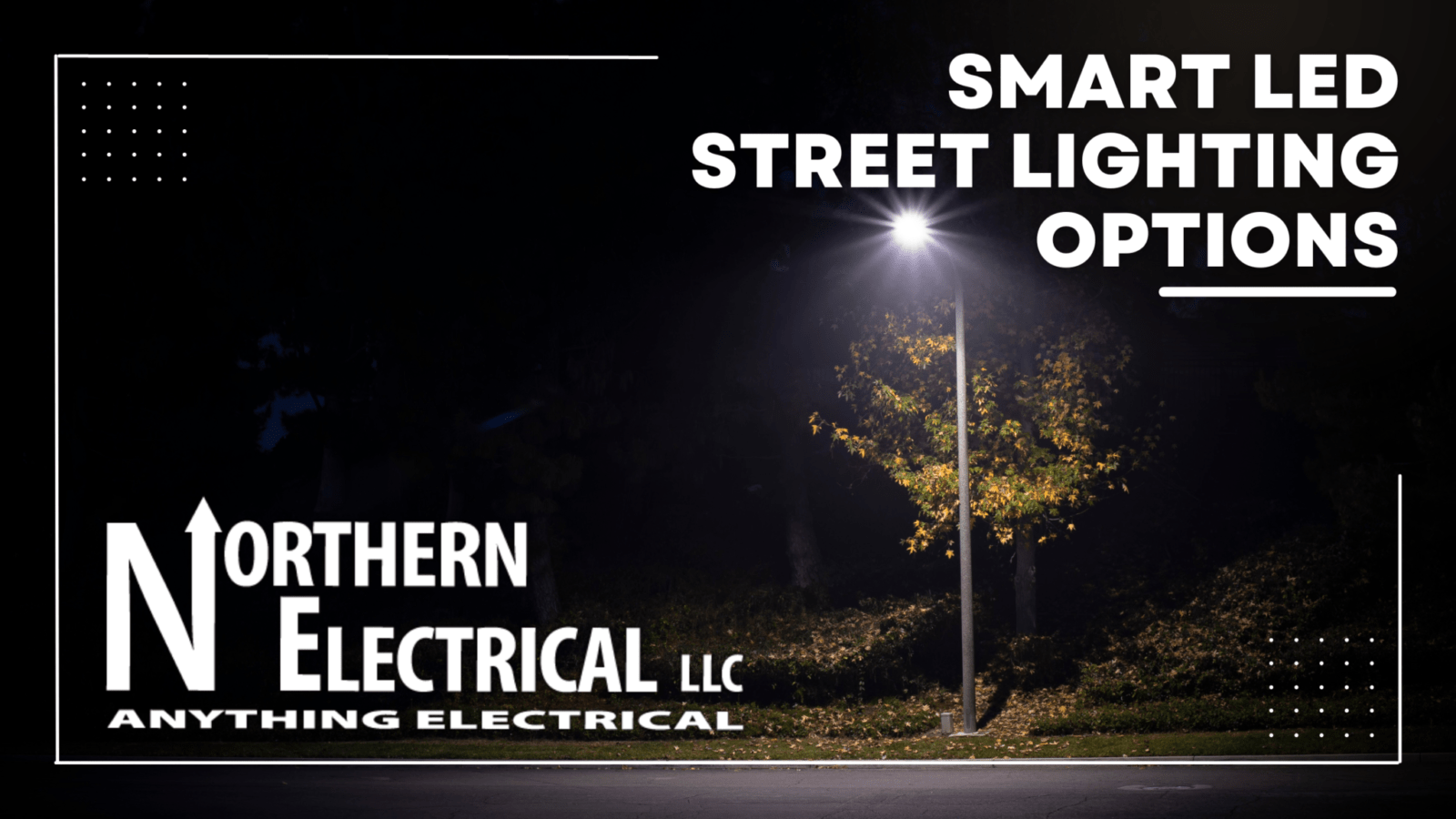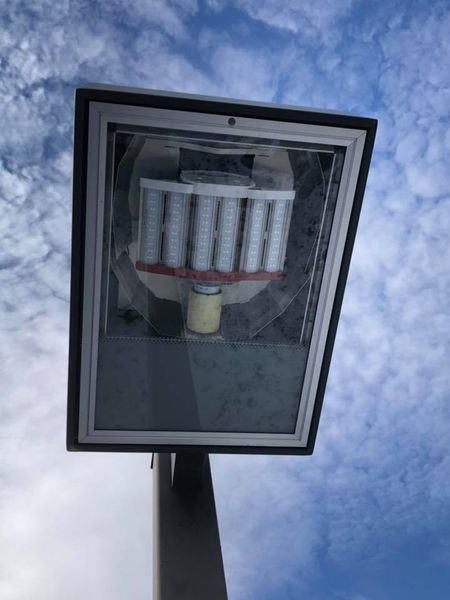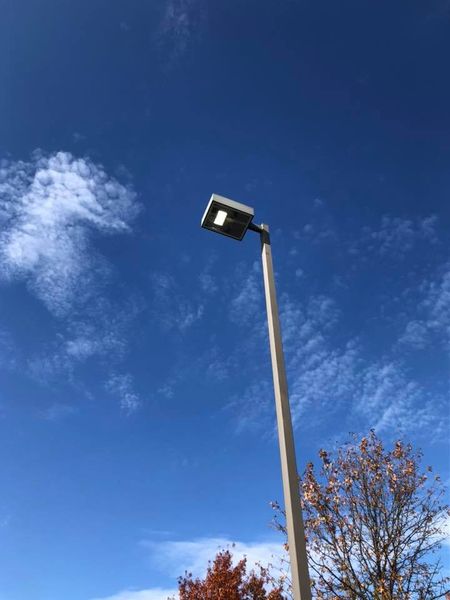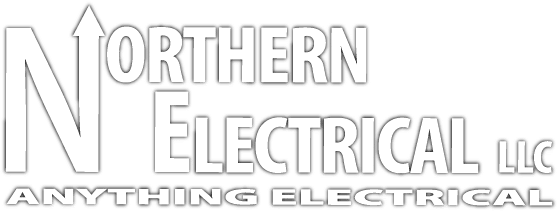
There are so many elements of a community’s infrastructure that tend to go unnoticed, that remain present in the background of the day to day lives of people. How many times to you think about the importance of the complex web of sprawling power lines, or the endless rows of fixtures that provide light onto our streets at night? These often-overlooked facets of our communities are crucial to the smooth operation of life as we know it, and many of them, street lights in particular, can be retrofitted and connected to improve the quality of our lives in a myriad of ways.

Through a recent working partnership between the U.S. Department of the Energy, and the Northeast Energy Efficiency Partnerships (NEEP) they took a closer look at the energy saving opportunity street lighting presents – in LED Street Lighting Assessment and Strategies for the Northeast and Mid-Atlantic the NEEP present the barriers that stand in the way of widespread conversion and propose a series of strategies and policy recommendations to get the region on track to realizing the significant cost and energy savings street lighting presents. The NEEP discovered that many jurisdictions in the Northeast/ Mid-Atlantic region are beginning to view their street lights—which often account for more than 20 percent of municipal electricity usage—as an opportunity for dramatic cost savings and energy usage reductions. While most municipalities still use high pressure sodium (HPS) or metal halide lighting to illuminate their streets, recent advancements in solid state “LED” technologies offer the potential for increased reliability, as well as much better lumen-per-watt efficiency. These modern fixtures also help reduce light pollution by shining light where it’s needed for safety and sending less into the nighttime sky. Across the region municipal energy efficiency programs, such as the Massachusetts Green Communities Initiative, often explore LED street light conversion as a primary step for attaining municipal energy efficiency goals.

Growing Public Awareness:
LED street light conversion projects in large cities like New York, Philadelphia, and Boston have drawn the attention of many, and outlined the business case for conversion. Even more notably, smaller municipalities in Connecticut and Massachusetts have joined together to pursue LED conversion strategies. To share best practices and promote awareness, some communities in our region — including Portland, Maine — have committed to joining the U.S. DOE’s High Performance Outdoor lighting Accelerator.
Legislative Action:
To circumvent regulatory barriers to adoption, legislation in Massachusetts, Maine, Maryland and Rhode Island has enabled municipal purchase of utility-owned street lights, while public utility commissions in Connecticut and Vermont have also set precedents for such purchases. Just as importantly, legislatures in Vermont and Rhode Island have enacted laws to alter tariffs requiring investor owned utilities to offer an LED street lighting option for municipalities.
Dramatic Price Drops:
As technology has rapidly improved and more players enter the market, an LED street light that cost $432 in 2009 cost just $141 in 2013. In fact, trusted manufacturers now offer LED streetlights at the 100 watt HPS equivalent lumen level for under $100.
These, and other recent developments within the field highlight our region as ripe for movement away from legacy technologies and toward LED street light conversions.
To learn more on how Northern Electrical can assist you in the conversion of your street lights contact our experts today!
